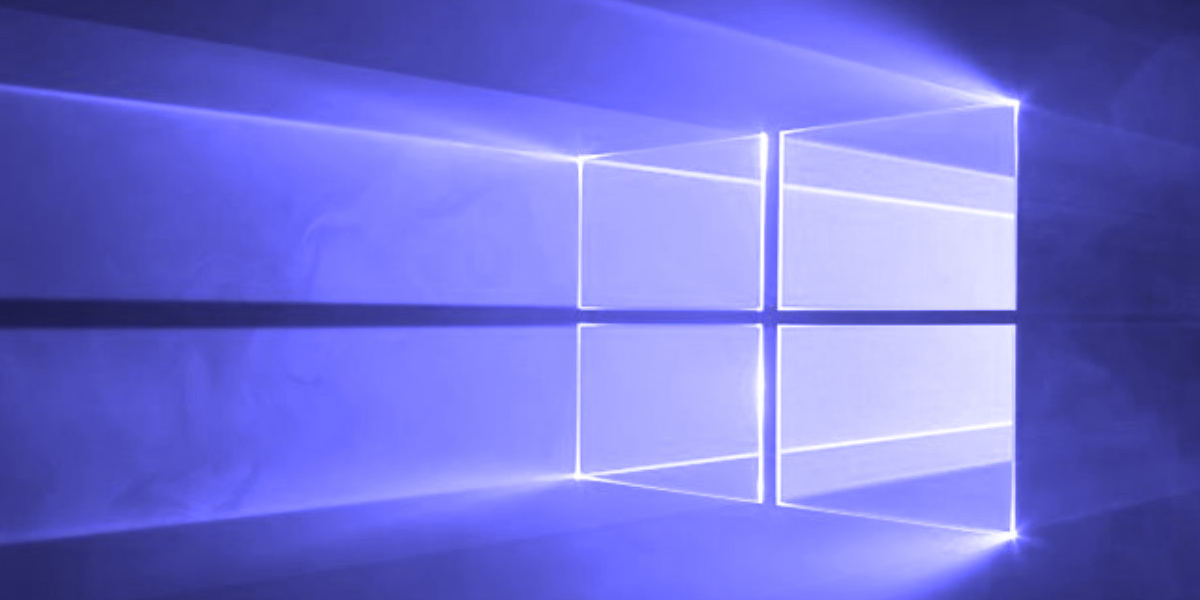To improve transparency, Microsoft has revised its Security Update Guide blog posts, providing clearer information on CVEs assigned by industry partners. The updates for Windows 10 and Windows 11 are cumulative, meaning they include all previously released security fixes and non-security updates that can be found in the Microsoft Update Catalog. For organizations still using Windows Server 2008 R2 or 2008, it is mandatory to obtain the Extended Security Update to ensure continued access to essential security updates.
The newly available Hotpatching feature for Windows Server Azure Edition virtual machines (VMs) is also highlighted, along with an emphasis on the need for users to install the latest servicing stack updates to maintain overall system security. Microsoft is also focused on improving its Windows Release Notes to provide more informative updates about the operating systems.
For long-term support and lifecycle information for Windows 10 and Windows 11, users can refer to the Windows Lifecycle Facts Sheet. Overall, Microsoft continues to prioritize security enhancements and transparency in its update processes, ensuring that users are informed and protected against vulnerabilities.
Extension:
Organizations are encouraged to regularly monitor the Microsoft Security Update Guide for ongoing updates and best practices for maintaining security across their systems. As cyber threats evolve, Microsoft’s commitment to security is crucial for safeguarding sensitive data and ensuring operational continuity. The new updates also reflect a broader industry trend where transparency in vulnerability disclosures is becoming increasingly important. As such, IT teams should not only apply these updates promptly but also engage in continuous education about emerging threats and how to mitigate them effectively. Furthermore, as the landscape of technology continues to evolve, it may be beneficial for organizations to consider investing in additional security measures, such as advanced threat detection systems, to complement the provided security updates
Microsoft May 2025 Security Updates
Microsoft has published the security updates for May 2025, which encompass Azure DevOps, Microsoft Edge (Chromium-based), Azure Automation, Azure Storage Resource Provider, Microsoft Dataverse, and Microsoft Power Apps. Microsoft has republished five non-Microsoft CVEs. The blog posts on the Security Update Guide have been revised to enhance transparency and support regarding CVEs assigned by industry partners. Updates for Windows 10 and Windows 11 are cumulative, incorporating all security fixes and non-security updates accessible through the Microsoft Update Catalog. The Windows Lifecycle Facts Sheet offers detailed information regarding the lifecycle and support dates for these operating systems. Organizations utilizing Windows Server 2008 R2 or 2008 are required to acquire the Extended Security Update to maintain access to security updates.


